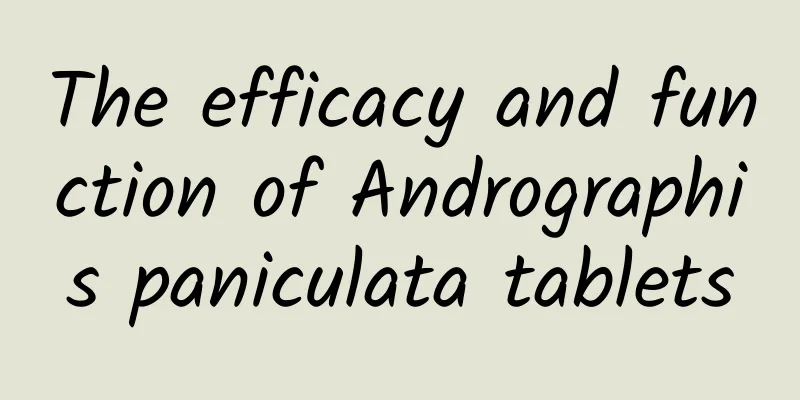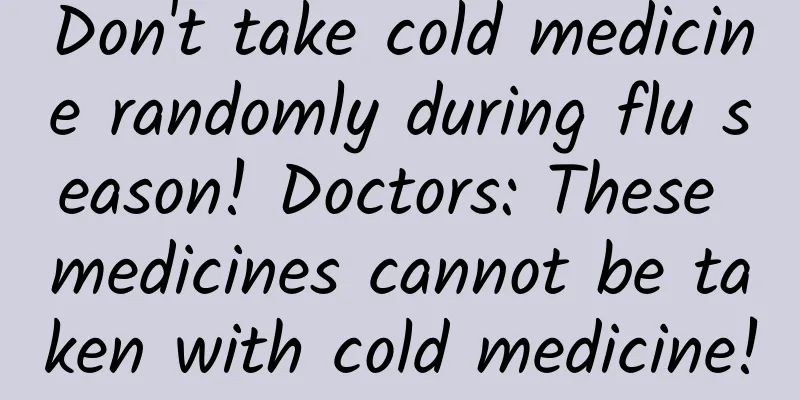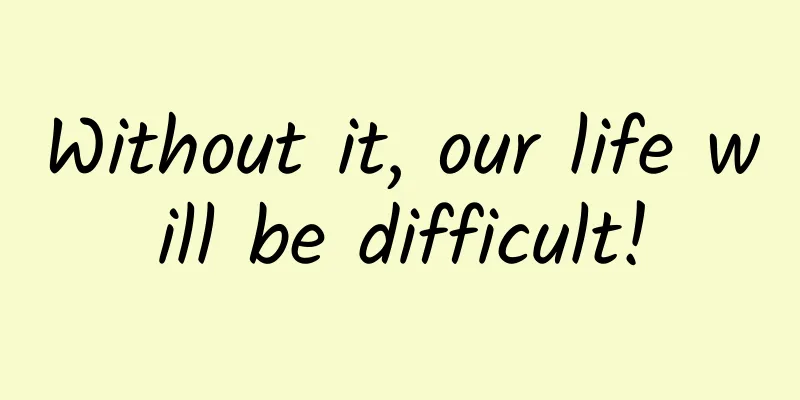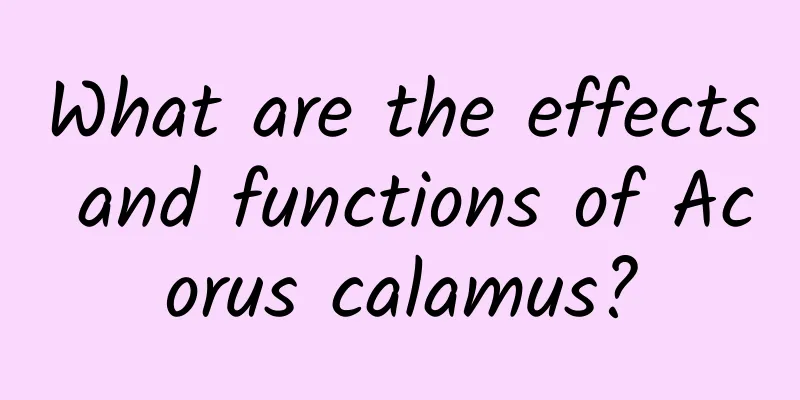Is adding chlorine to tap water harmful to the body?
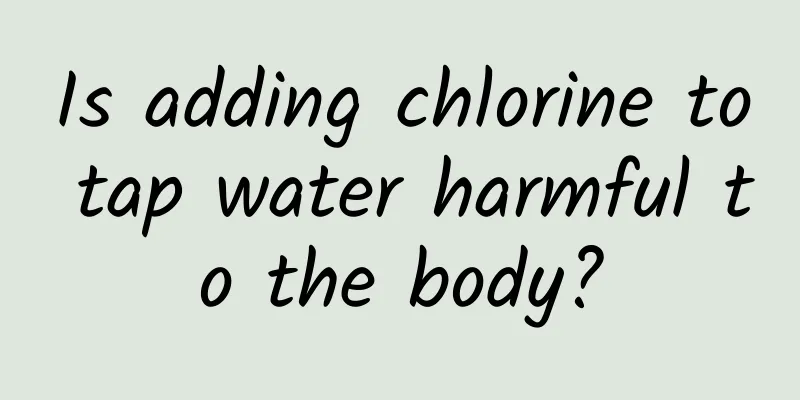
|
We all know that chlorine is a toxic gas with a strong pungent odor. We also know that tap water is generally disinfected with chlorine. So, why do we need to add chlorine to good tap water? Is it harmful to the body after adding chlorine? It takes a long time and more than ten kilometers of pipelines for tap water to reach residents from the source. In this process, the water source may be polluted. If it is not treated in any way, the water at the end may contain impurities, harmful microorganisms, etc., which will affect the safety of water use. In response to this situation, the current universal solution in the world is to add chlorine. When chlorine gas is soaked into water, it will turn into hypochlorous acid, which kills bacteria and pathogenic microorganisms in the water. The chlorine smell in tap water is not caused by excessive addition of chlorine. The chlorine smell we smell in the tap water comes from the residual chlorine in the water. A certain amount of residual chlorine must be ensured in drinking water. This residual chlorine can achieve the effect of continuous disinfection and ensure the safety of our water use. Is adding chlorine to tap water harmful to the body? First of all, according to the national "Standards for Drinking Water Hygiene", the residual chlorine in tap water leaving the factory is between 0.3-4 mg/L, and the residual chlorine at the end of the pipeline must not be less than 0.05 mg/L, in order to ensure continuous sterilization and disinfection and ensure water quality safety. The residual chlorine in the water leaving the factory of each water plant of Beijing Water Group is controlled between 0.3-0.9 mg/L, and the residual chlorine at the end of the pipeline is greater than or equal to 0.05 mg/L. It is normal for tap water to have a slight chlorine taste and it does not affect health at all. As long as the residual chlorine content is within the national standard range, the tap water is safe and citizens can drink it with confidence. Regulatory authorities will also conduct regular sampling and monitoring to ensure the safety of residents’ drinking water. Secondly, the toxicity of chlorine to the human body is closely related to the dosage. The World Health Organization once gave a non-toxic level of residual chlorine in water as 15 mg/kg per day. In other words, even if you drink dozens of liters of tap water a day, you won't get chlorine poisoning. If you don't like the taste of chlorine or have a grudge against it, you can easily remove the chlorine by heating the tap water (boiling it for 1-2 minutes) without having to let it sit for a while before drinking. Reference sources: Beijing Water Group, 39 Health Network, Beijing Evening News, Zhejiang Disinfection |
<<: The little thing that looks like a skeleton panda finally has a name in 2024
Recommend
Millennium Polygonum Multiflorum
We may not know that Millennium Polygonum multifl...
What are the medicinal values of knotweed?
Knotweed is a kind of Chinese herbal medicine. Mo...
The efficacy and function of eagle claw maple
Do you know hawk claw maple? It is a common Chine...
What are the effects of a mouthful of blood herb?
Yidianxue, the name of a Chinese herbal medicine....
Life-saving medicine or harmful poison, what exactly is the red yeast rice that has become a hot topic?
Red yeast rice, a fermented product with a long h...
Effects and functions of acupuncture
Acupuncture of iron acupoints can not only supple...
The efficacy and function of dogtail flower
Many people choose Dogtail Flower because of its ...
The efficacy and function of large-leaf camphor
Many people know that large-leaf camphor has uniq...
If a large planet suddenly enters the solar system and blocks all sunlight on Earth, will life become extinct?
This article is based on answering a question fro...
The efficacy and function of Bletilla striata
Traditional Chinese medicine is very helpful in t...
What are the ways to eat Pueraria root?
Pueraria root is a traditional Chinese medicinal ...
Do we need to worry about radiation in our daily lives?
When it comes to radiation, many people will thin...
How should Cassia Seed be soaked in water?
Cassia seed is a relatively common plant medicina...
Working all year round and being tired is the right thing to do? He is the first one to disagree!
appendix: 1. Heart disease is a general term for ...
If metal iron is polished to be very smooth, can it be used as a mirror?
Mirrors are common items in our lives. Traditiona...
